What Is B2B Marketing? 7 Modern B2B Marketing Trends
Discover what B2B Marketing is and how it works to drive your business. Learn about effective strategies, specific benefits, and the latest trends in business-to-business (B2B) marketing. Explore the secrets to building long-term relationships and increasing sales for your company.

1. What Is B2B Marketing?
B2B Marketing, short for Business-to-Business Marketing, is the process of marketing products or services from one business to another. Unlike B2C Marketing (Business-to-Consumer Marketing), which focuses on selling directly to end consumers, B2B Marketing focuses on building long-term business relationships and providing solutions that fit the specific needs of a business. B2B Marketing strategies often include content marketing, SEO, paid advertising, email marketing, and participation in trade shows, with the aim of creating value and optimizing growth for both parties involved.
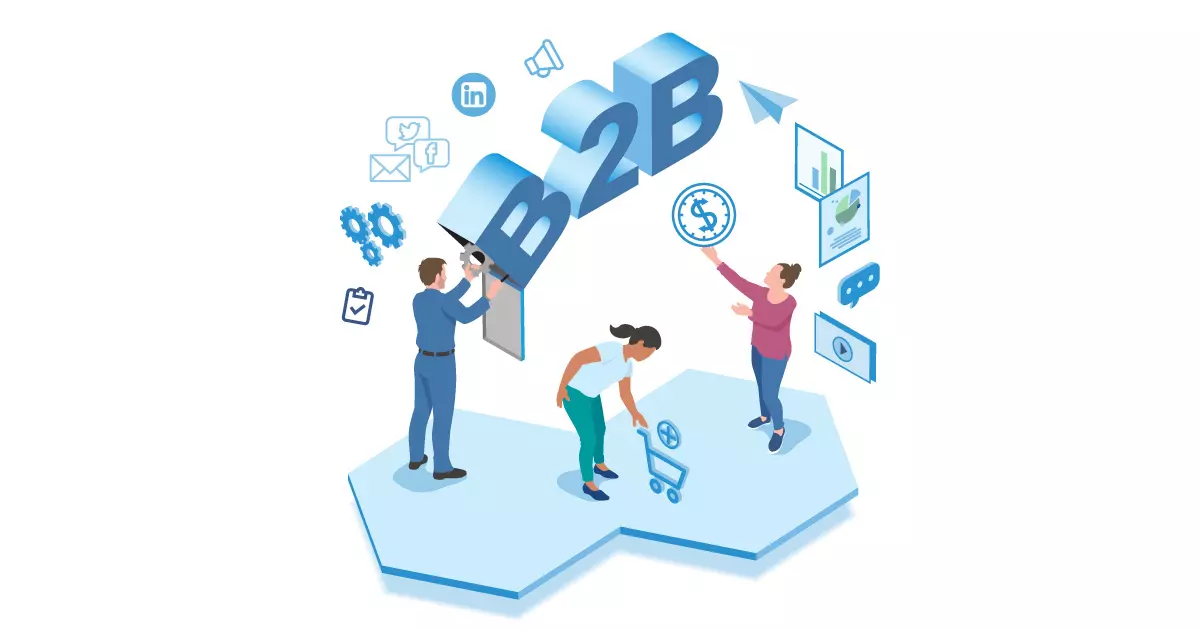
2. Who Uses B2B Marketing?
The target audience for B2B Marketing includes businesses, organizations, and professionals operating in various industries. These include manufacturers, service providers, technology companies, construction contractors, distributors, and wholesale businesses. These businesses often need to find products or services to support their operations, such as machinery, management software, raw materials, and professional consulting services. The goal of B2B Marketing is to help these businesses find reliable supplier partners, thereby improving operational efficiency and market competitiveness.

3. The Difference Between B2B Marketing and B2C Marketing
Here is a table describing the differences between B2B Marketing and B2C Marketing:
Factor | B2B Marketing | B2C Marketing |
Customer Target | Businesses, organizations | Individual consumers |
Main Goal | Build long-term relationships, strengthen cooperation | Generate quick revenue, attract new customers |
Purchase Decision | Based on rationality, thorough research | Based on emotions, trends, and personal preferences |
Sales Process | Complex, multi-stage | Simple, straightforward |
Decision-Making Time | Long-term, involves multiple parties | Short-term, often a single decision-maker |
Transaction Value | High, often large contracts | Low, often small, individual transactions |
Marketing Strategy | Focus on benefits, performance, and ROI | Focus on experience, emotions, and brand |
Marketing Channels | Trade shows, email, business networks | Television advertising, social media, retail stores |
Marketing Content | Detailed, in-depth, provides technical information | Concise, engaging, easy to understand |
Customer Feedback | Highly professional, based on practical effectiveness | Personal, based on feelings and experience |
The table above clarifies the basic differences between the two forms of marketing, helping businesses choose the appropriate marketing strategy for their target customers.
4. Popular Forms of B2B Marketing
4.1. Blog
A blog is an important tool in B2B Marketing, helping to provide in-depth and useful information about products, services, or industry trends. Publishing high-quality articles and optimizing for SEO helps attract a large volume of website visitors, build credibility, and increase brand awareness.

4.2. Social Media
Using social media platforms like LinkedIn, Twitter, and Facebook helps businesses connect with potential partners, share valuable content, and build a community. LinkedIn is particularly useful for B2B Marketing due to its professional nature and its ability to connect with a large network of businesses.
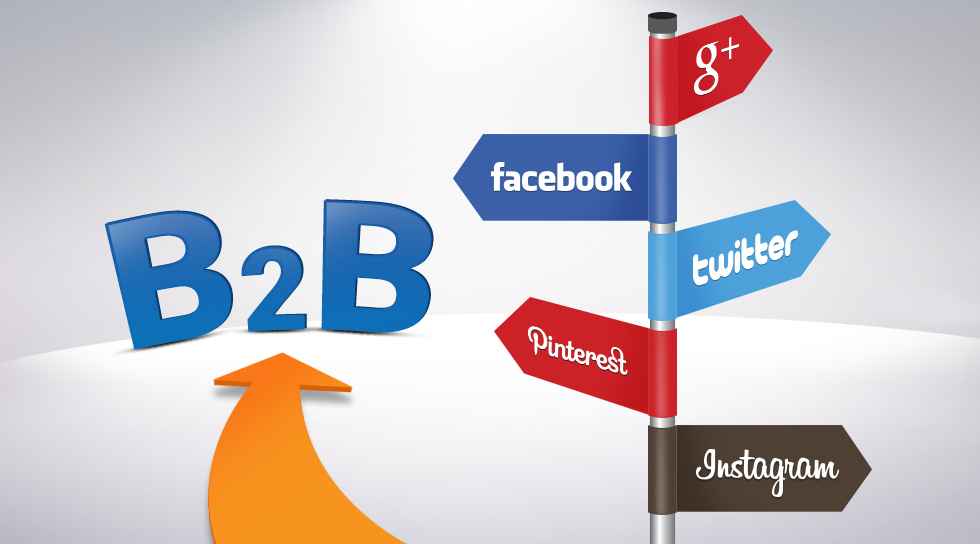
4.3. Search Engines
Search Engine Optimization (SEO) is a crucial part of B2B Marketing, helping businesses improve their ranking in search results and increase website traffic. Keyword research and creating high-quality content help attract potential customers who are looking for solutions to their needs.

4.4. Google Advertising
Google Ads allows businesses to reach the right target audience through paid advertising. With the ability to customize the target audience by keywords, geographic location, and demographics, Google Ads helps enhance marketing effectiveness and optimize costs.
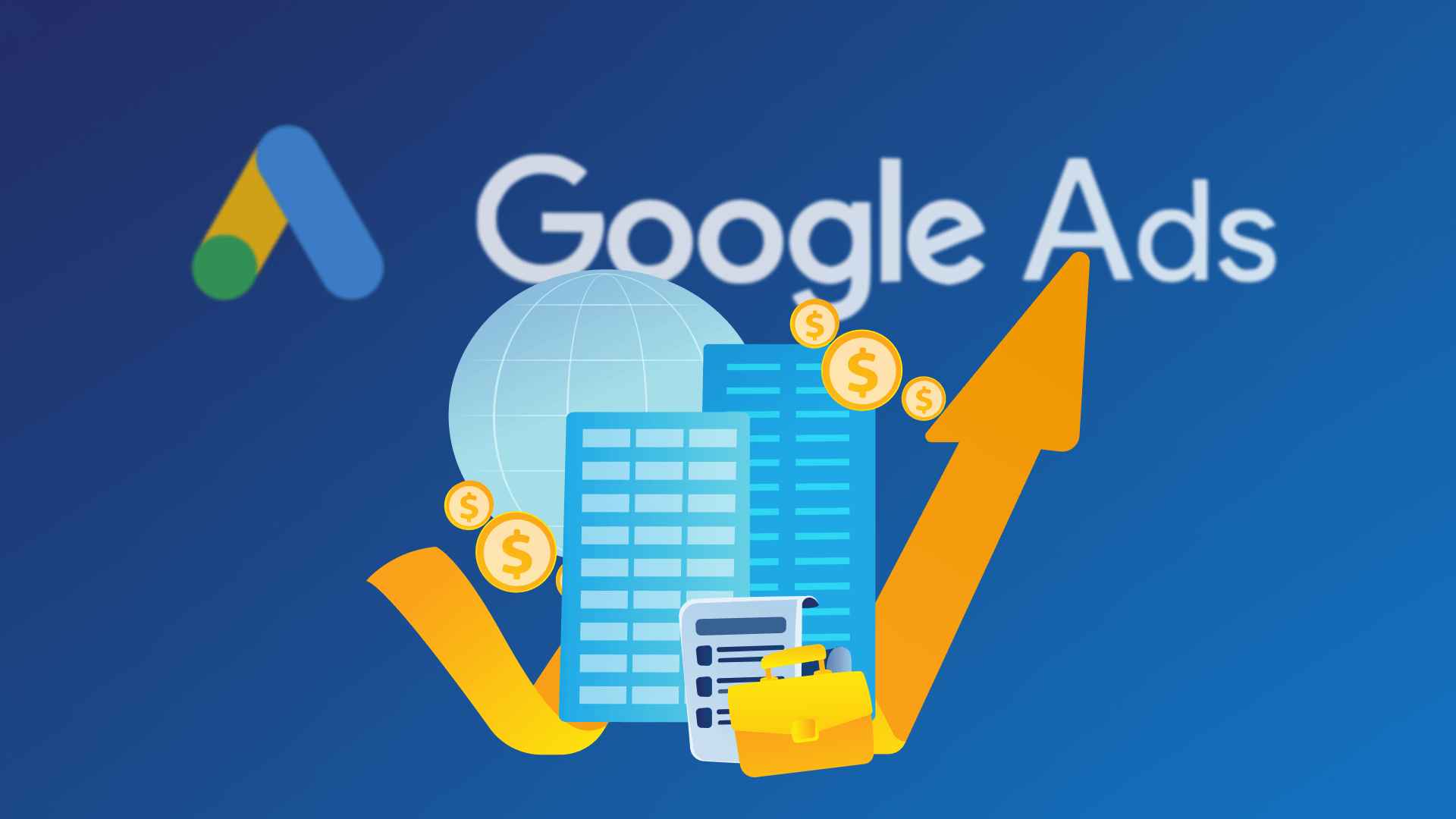
4.5. Whitepapers/Ebooks
Whitepapers and Ebooks are in-depth documents that provide information, analysis, and solutions to specific industry problems. They help build credibility, demonstrate expertise, and create an opportunity to collect potential customer information by requiring a download registration.
4.6. Email
Email Marketing is an effective tool to maintain communication with current and potential customers. Personalized email campaigns that provide useful information and invitations to events or product trials help build long-term relationships and drive sales.

4.7. Video
Video Marketing is becoming increasingly popular in B2B Marketing due to its ability to convey information in a vivid and easy-to-understand way. Product introduction videos, tutorials, success stories, and expert interviews help build trust and attract customers.
The above forms not only help in reaching potential customers but also in building sustainable relationships, enhancing credibility, and fostering long-term business growth.

5. The Role of B2B Marketing
B2B Marketing plays a crucial role in driving the growth and success of businesses. The main roles include:
- Building long-term business relationships: B2B Marketing focuses on creating and maintaining sustainable relationships with corporate clients. Understanding their needs and wants, providing optimal solutions, and maintaining regular contact helps build trust and loyalty.
- Enhancing brand credibility and awareness: Through marketing strategies like content marketing, SEO, and social media, businesses can increase their credibility and brand awareness in the eyes of customers and partners. Demonstrating expertise and sharing valuable content helps establish a business's position in the industry.
- Optimizing the sales process: B2B Marketing helps shorten the purchase decision-making time by providing detailed and transparent information about products or services. Using marketing tools like whitepapers, case studies, and video tutorials helps customers better understand the solutions offered by the business.
- Increasing sales and profits: B2B Marketing helps attract high-quality leads, which increases conversion rates and sales. Optimized marketing campaigns help reduce costs and increase efficiency, contributing to business profitability.
- Improving competitiveness: In a competitive business environment, B2B Marketing helps a business stand out by showcasing the value and differentiation of its products or services. Using advanced marketing strategies and staying up-to-date with new trends helps a business maintain a competitive edge.
- Supporting the development of new products and services: B2B Marketing provides feedback from customers and the market, helping a business identify new needs and develop products and services that meet those demands. Listening to and responding to customer feedback helps improve the quality and relevance of products.

6. Top 7 Latest B2B Marketing Trends
6.1. Multi-channel Marketing (Online & Offline)
Multi-channel marketing combines both online and offline channels to create a seamless customer experience. Businesses can use channels like email, social media, online advertising, trade shows, live events, and print to reach customers at multiple touchpoints. Integrating these channels helps optimize interaction and increase conversion rates.
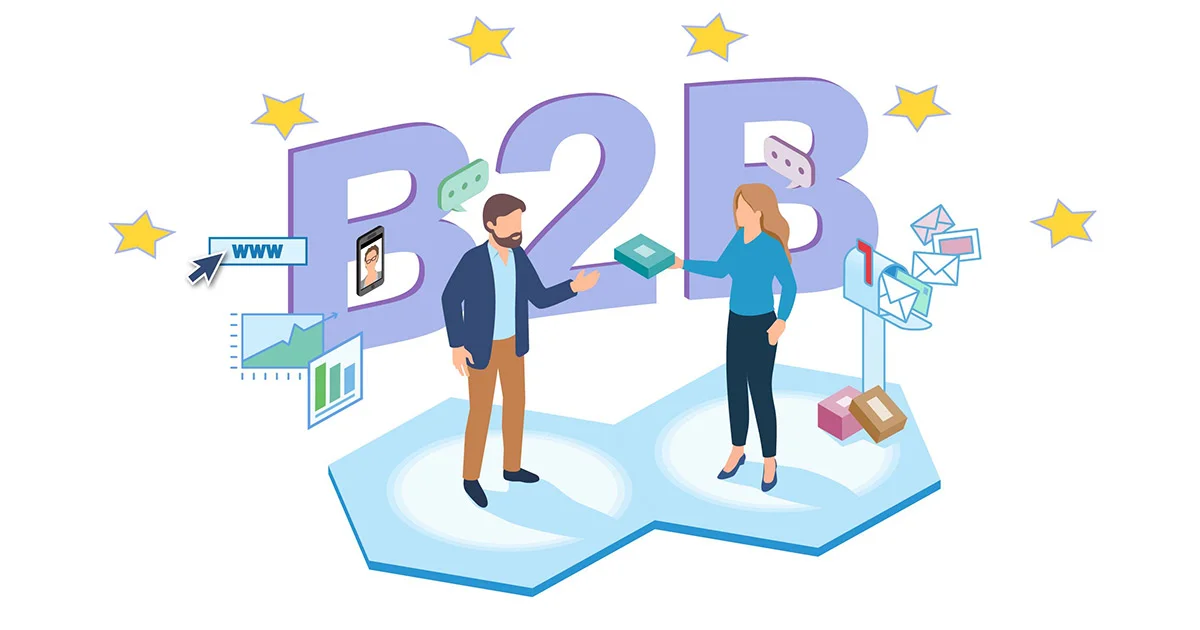
6.2. Inbound Marketing
Inbound Marketing focuses on attracting potential customers by providing valuable content and solutions to their problems. Instead of proactively reaching out to customers, inbound marketing draws them in through blogs, videos, ebooks, and other resources. This helps build credibility, create trust, and maintain long-term relationships with customers.
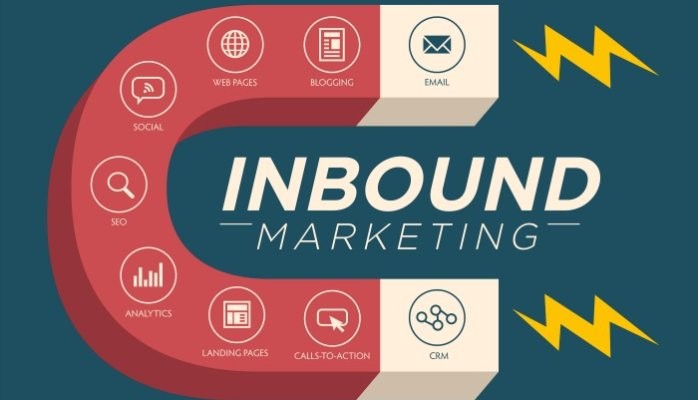
6.3. Personalization
Personalization in B2B Marketing is becoming more important than ever. Using data and analytics to understand the specific needs and desires of each customer helps create customized marketing campaigns, which leads to a better experience and increased engagement. Examples include sending personalized emails, suggesting products based on purchasing behavior, and providing content relevant to each customer.
6.4. Customer Experience (CX)
Customer Experience is a key factor in B2B Marketing. Businesses need to create positive and consistent experiences at every touchpoint, from the initial research phase to the completion of the transaction and after-sales support. Focusing on the customer experience helps increase satisfaction, loyalty, and the likelihood of referrals from existing customers.
6.5. Marketing Automation
Marketing automation uses software to automate marketing processes such as email marketing, lead management, and advertising campaigns. This saves time, increases efficiency, and optimizes marketing campaigns. Marketing automation also allows businesses to track and analyze the effectiveness of their marketing activities in detail.
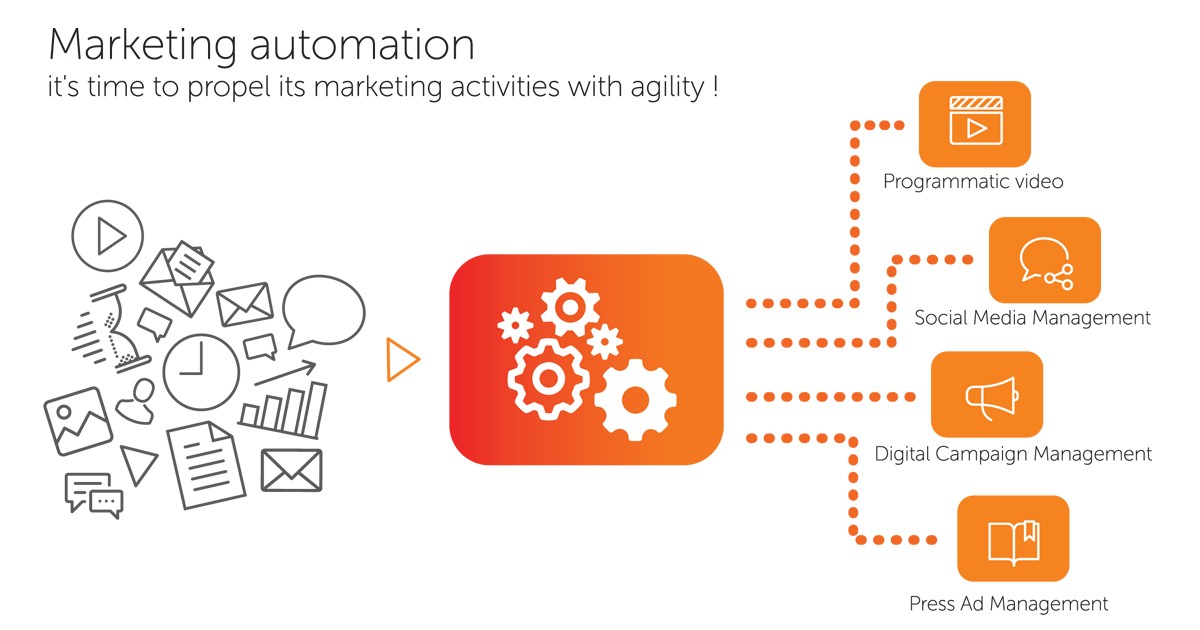
6.6. Content Marketing
Content Marketing continues to be a strong trend in B2B Marketing. Creating high-quality, useful, and valuable content helps attract and retain customers. Popular forms of content include blogs, videos, podcasts, infographics, and whitepapers. Content marketing not only helps raise brand awareness but also drives the purchasing decision process.
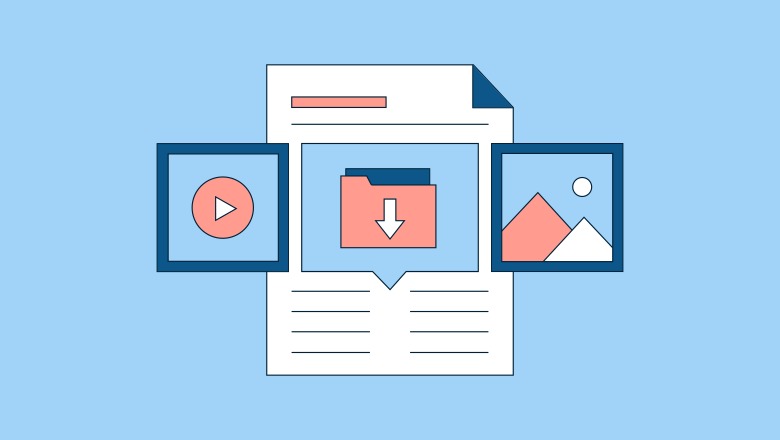
6.7. Marketing via LinkedIn
LinkedIn is the leading social media platform for B2B Marketing. Using LinkedIn to share professional content, connect with industry experts, and participate in discussion groups helps increase a business's presence and credibility. LinkedIn also provides powerful advertising tools to reach the right target audience and drive marketing campaigns.
7. The Process of Building a B2B Marketing Strategy
7.1. Set Goals
The first step in building a B2B Marketing strategy is to set clear and specific goals. Goals can include increasing sales, expanding market share, raising brand awareness, or improving customer relationships. The goals should be quantifiable and have a specific timeline to make it easy to measure and evaluate effectiveness.
7.2. Define the Target Audience
Next, businesses need to define their target audience. This includes analyzing the market, researching competitors, and understanding the needs and desires of potential customers. Accurately defining the target audience helps a business create effective marketing campaigns that meet the right customer needs.
7.3. Determine B2B Marketing Channels and Tactics
After defining the target audience, a business needs to choose the appropriate B2B Marketing channels and tactics. Popular channels include email marketing, social media, SEO, Google advertising, trade shows, and online content. The choice of tactics must align with the goals and target audience to ensure marketing effectiveness is optimized.
7.4. Execution
Once a clear strategic plan is in place, the next step is execution. The business needs to deploy marketing campaigns according to the plan, ensuring all activities are carried out on time and with high quality. Smooth coordination between relevant departments is also crucial to ensuring the strategy's success.
7.5. Measurement and Improvement
Finally, a business needs to measure the effectiveness of its marketing campaigns and implement continuous improvement. Use analytics tools to track metrics such as website traffic, conversion rates, sales, and customer feedback. Based on the measurement results, the business needs to adjust its strategy to improve effectiveness and achieve the set goals.
8. Tips for Building an Effective B2B Marketing Strategy
8.1. Focus on the Human Factor
In B2B Marketing, although the target audience is businesses, the final decision is still made by people. Therefore, building personal relationships and understanding the psychology and needs of the decision-makers are very important. Providing real value, listening to and responding to customer feedback, and building trust are key factors for success.
8.2. Stay Focused on Goals
An effective B2B Marketing strategy needs to stay clearly focused on the set goals. Ensure all marketing activities are directed toward achieving these goals, avoiding distraction or loss of focus. Using key performance indicators (KPIs) to track progress and adjust the strategy in a timely manner helps maintain consistency and effectiveness.
8.3. Lead with Thought-Provoking Content
Thought leadership is a crucial strategy in B2B Marketing. Sharing knowledge, experience, and unique ideas through articles, webinars, or industry events helps a business establish its position and credibility in the industry. Thought leadership not only attracts potential customers but also builds trust and creates a point of differentiation.
8.4. Keep Context in Mind
When building a B2B Marketing strategy, always keep the industry and market context in mind. Understanding the trends, challenges, and opportunities in the industry helps a business adjust its strategy appropriately and seize opportunities in a timely manner. In addition, understanding the customer's context helps create suitable solutions that meet their specific needs.
Conclusion
In short, B2B marketing is a strategic and multifaceted approach that goes beyond simple product promotion. By focusing on building long-term relationships, understanding complex buyer journeys, and providing real value, businesses can effectively reach and engage their corporate clients. As the landscape evolves, staying ahead with trends like content marketing, personalization, and marketing automation is crucial for success. Ultimately, a strong B2B marketing strategy transforms your business from a mere vendor into a trusted, indispensable partner, driving sustainable growth and establishing a powerful market presence.